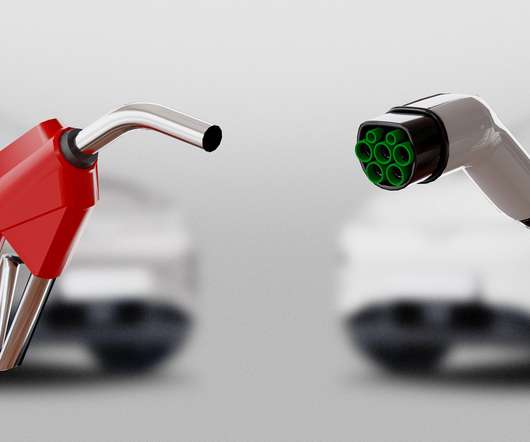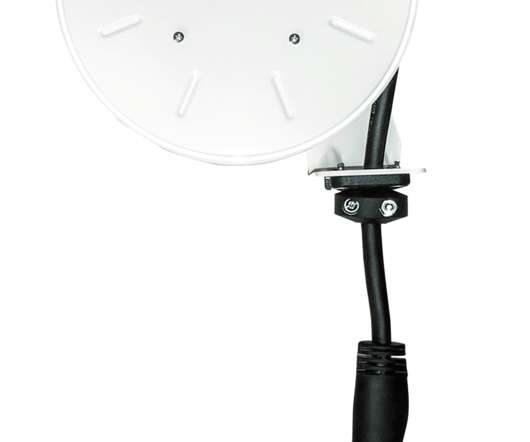UC Davis Study Finds That Near-Term Marginal Electricity Mix in California for Plug-in and Fuel Cell Vehicles Will Result in Fuel With Carbon Levels More Than 60% Higher Than Estimated in the LCFS
Green Car Congress
DECEMBER 29, 2009
The study also concluded that despite the relatively high fuel carbon intensity of marginal electricity in California, alternative vehicle and fuel platforms still reduce emissions compared to conventional gasoline vehicles and hybrids, through improved vehicle efficiency. MJ -1 ) by vehicle pathway and timing profile. Source: McCarthy et al.
















Let's personalize your content